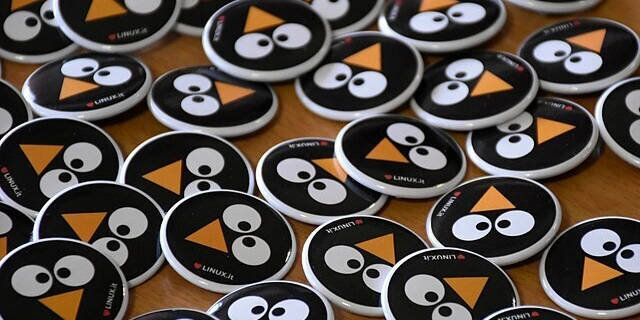This site uses cookies. By continuing to browse the site you are agreeing to our use of cookies.
Why I Don't Feel Banco do Brasil Is A Bargain...
May 18, 2025 0
2 Option Writing Funds Providing Attractive D...
May 18, 2025 0
Hermes: Almost Immune To The Luxury Decelerat...
May 18, 2025 0
Why I Don't Feel Banco do Brasil Is A Bargain...
May 18, 2025 0
2 Option Writing Funds Providing Attractive D...
May 18, 2025 0
Hermes: Almost Immune To The Luxury Decelerat...
May 18, 2025 0














































































